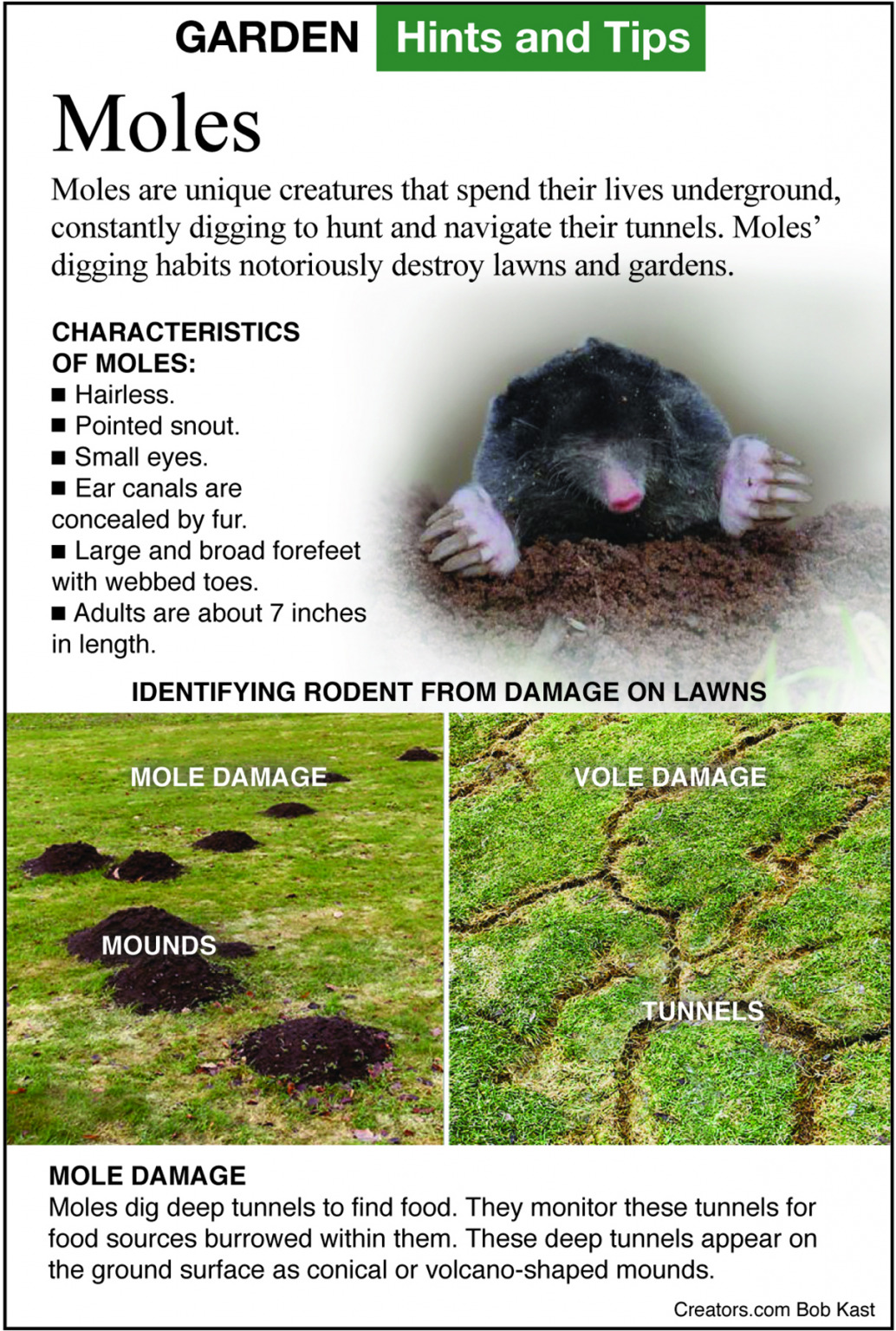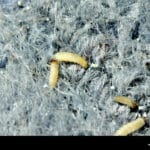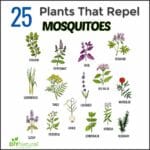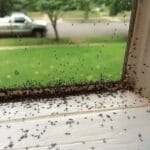Moles marring your manicured lawn? This comprehensive guide offers humane and effective methods to resolve your mole problem, from simple DIY tricks to professional solutions. We’ll explore mole behavior, prevention strategies, and various removal techniques, empowering you to reclaim your yard.
Conquer Your Mole Problem: Humane & Effective Solutions
Those pesky molehills! Before resorting to drastic measures, let’s explore humane and effective strategies to address this common garden issue.
Identify Your Enemy: Moles vs. Voles
First, confirm you’re battling moles, not voles. Moles possess smooth, dark fur, tiny eyes, and large paws ideal for digging, unlike the mouse-like voles. A quick online image search can clarify the culprit, ensuring you choose the right solution.
Mole Mania: Understanding Their Behavior
Moles aren’t malicious; they hunt grubs and insects. A yard teeming with insects and featuring easy-to-dig soil (like heavy clay) becomes a mole magnet. Think of your lawn as an all-you-can-eat buffet; to deter them, you need to change the menu.
Prevent a Mole Invasion: Proactive Steps
Proactive measures are your best defense. Making your yard less appealing can prevent moles from even moving in.
- Lawn Health: Regularly mow, aerate, and water your lawn. A healthy lawn is less attractive to moles seeking easy digging and plentiful food.
- Pest Control: Reduce soil insects (grubs) using natural methods like beneficial nematodes. Fewer insects mean less food for moles.
- Barriers:
- Mole netting: This strong fabric acts as a physical barrier when buried underground. Online resources provide visual installation guides. [https://www.lolaapp.com/]
- Exclusion trenches: Dig a trench, fill it with hardware cloth, and backfill to prevent access to specific areas. [https://www.lolaapp.com/]
Evicting the Moles: Removal Methods
If prevention fails, more direct action is needed.
1. Trapping: Trapping is effective but demands patience and careful execution.
- Harpoon Traps: These impale the mole. Proper placement is crucial; read instructions carefully. Prioritize safety!
- Scissor Traps: These traps swiftly dispatch moles. Accurate placement is key. [https://www.lolaapp.com/]
- Important Note: Check traps daily. Humane trapping minimizes suffering. Dispose of captured moles responsibly, following local regulations.
2. Repellents: Repellent effectiveness is debated. Some find them successful; others report limited results. They’re less lethal but may yield inconsistent outcomes.
| Product Type | Examples | Estimated Price Range (USD) | Where to Buy |
|---|---|---|---|
| Ultrasonic Devices | Various brands | $15-$30 | Amazon, Home improvement stores |
| Granular Repellents | Various brands | $10-$20 | Garden centers, Online retailers |
| Castor Oil-based sprays | Various brands; can also be homemade | $5-$15 | Garden centers, Online retailers, DIY |
3. Professional Pest Control: Professionals possess experience and can assess your situation, recommending the best approach. Costs vary based on infestation severity and location.
The Humane Approach: Ethical Considerations
Remember, moles are living creatures. Prioritize humane methods, regularly checking traps and disposing of captured moles responsibly.
Troubleshooting: When Plans Go Awry
Moles can be persistent. If one method fails, don’t despair. Try a different approach, combine methods, or seek professional help. A multifaceted strategy may prove most effective.
Choosing the right strategy balances effectiveness, cost, and ethics. Understanding mole behavior and employing prevention and removal techniques will help you reclaim your lawn. Patience and persistence are key!
What is the Fastest Way to Get Rid of Ground Moles?
Moles creating unsightly tunnels across your lawn? You want them gone fast. The best approach depends on your time, budget, and ethical considerations.
Understanding Your Underground Enemy
Moles are clever engineers, creating extensive tunnel systems while hunting grubs and earthworms. Fresh molehills pinpoint their activity. This knowledge is key to targeted removal.
Fastest Mole Removal Methods: A Quick Comparison
Some methods offer quick results but may require ongoing work; others take longer initially but provide long-term solutions.
| Method | Speed of Results | Cost | How Humane Is It? | Effectiveness | Ease of Use | Long-Term Solution? |
|---|---|---|---|---|---|---|
| Trapping (Harpoon/Scissor Traps) | Fast (if successful) | Low to Moderate | Pretty Humane (if done right) | Very Effective | Moderate | No |
| Repellents (Ultrasonic, etc.) | Slow or Ineffective | Low to Moderate | Humane | Often Ineffective | Easy | No |
| Professional Mole Removal | Moderate to Fast | High | Often Less Humane (may use poisons) | Very Effective | Easy | Maybe |
| Environmental Changes | Slow | Low to Moderate | Very Humane | Very Effective (preventative) | Moderate | Yes |
Step-by-Step: Trapping – Often the Quickest Route
Trapping is often the fastest method for direct removal, but requires patience.
- Spot the Action: Locate fresh molehills – these indicate active digging.
- Set the Trap: Carefully place the harpoon or scissor trap inside the tunnel, securing it to prevent collapse. Follow instructions precisely.
- Check Frequently: Check daily. Handle captured moles humanely, adhering to local regulations.
- Relocation (If Possible): Explore relocation options before trapping for a truly humane approach.
Pros: Relatively quick and effective (if done correctly).
Cons: Requires daily checks; may not address the underlying issue.
Repellents: A Slower, Less Reliable Approach
Repellents aim to scare moles away. Effectiveness is debated among experts.
Pros: Inexpensive and generally humane.
Cons: Often ineffective; requires continuous use.
Environmental Changes: Long-Term Prevention
This isn’t the fastest solution, but it addresses the root problem.
- Improve Drainage: Moles prefer damp soil. Improved drainage makes your yard less appealing.
- Grub Control: Reduce grubs (mole food) using beneficial nematodes or other natural methods.
- Keep it Short: Short grass makes it harder for moles to move around.
Calling in the Professionals: When to Get Help
For extensive infestations or lack of time/patience, consider professional pest control. They offer faster, but sometimes less humane, methods at a higher cost.
Key Points
- Fastest mole removal? Trapping is usually quickest for direct removal.
- Humane trapping is ethically preferred.
- Repellents are slower and less reliable.
- Environmental changes prevent future infestations, but take more time.
- Professional services offer fast results but are more costly and potentially less humane.
What Do Moles Hate Most?
Moles tunneling under your lawn? Let’s explore effective, humane deterrents. Moles are creatures of habit; disrupting their habits is key.
Understanding the Mole’s World
Moles are insectivores, feeding mainly on earthworms and grubs. They aerate soil, but their digging damages lawns. Their digging is for hunting and creating homes.
Mole Mayhem: What Really Annoys Moles?
Effective mole control requires a multifaceted approach.
1. Offensive Odors: The Power of Scent
Moles have sensitive noses; certain smells repel them.
- Natural Repellents: Marigolds, daffodils, and garlic plants (alliums) might deter moles.
- Other Strong Scents: Castor beans, blood meal, used coffee grounds –effectiveness varies widely, often needing frequent reapplication (especially after rain).
- Store-Bought Repellents: Commercial repellents utilize strong scents, but effectiveness isn’t guaranteed. Read reviews carefully.
2. Noise & Vibrations: Disrupting Their Peace
Moles rely on hearing and touch. Vibrations or noise can disrupt them.
- Ultrasonic Devices: These emit high-frequency sounds, but effectiveness is debated. Soil type and weather affect their performance. They may also disturb beneficial creatures.
- DIY Noise Makers: Wind chimes strategically placed, or regularly tapping near mole runs, might create bothersome vibrations. Combine with other methods.
3. Barriers: Keeping Moles Out
Preventing moles from entering is ideal.
- Hardware Cloth: Bury sturdy hardware cloth around vulnerable garden areas; it acts as a physical barrier.
4. Trapping & Other Extreme Measures: A Last Resort
Trapping is aggressive. If other methods fail, use humane traps, checking frequently and disposing of trapped moles humanely. Flooding tunnels is messy, ineffective, and potentially damages your lawn.
| Method | Pros | Cons |
|---|---|---|
| Planting Repellents | Natural, environmentally friendly | Effectiveness varies greatly; may require frequent replanting |
| Ultrasonic Devices | Relatively easy to use | Effectiveness debatable; may disturb other wildlife; can be pricey |
| Hardware Cloth | Creates a permanent barrier | Requires some effort to install; not always practical for large areas |
| Trapping | Effective if done correctly | Requires careful handling; some consider it inhumane |
| Flooding | Potentially effective in some cases | Messy, potentially damaging to the lawn; not environmentally friendly |
5. Preventative Measures: Making Your Yard Less Appealing
Proactive steps make your garden less attractive.
- Lawn Care: Keep your lawn healthy and trimmed.
- Pest Control: Reduce insect populations naturally.
- Drainage: Improve soil drainage.
Natural vs. Chemical Solutions
Prioritize natural solutions for environmental and animal welfare reasons. Chemical repellents are generally not recommended.
Conclusion
Complete eradication isn’t always necessary. Using a multifaceted approach minimizes damage. For severe infestations, consult a professional specializing in humane methods.
Why Have Moles Suddenly Appeared in My Garden?
Frustrating molehills popping up? Before acting, let’s understand why these furry creatures chose your garden.
Neighborhood Shake-Up: A Mole’s Perspective
Construction, landscaping, or weather can disrupt mole burrows, forcing relocation. New sprinkler systems, foundations, or extreme weather can make their old homes uninhabitable.
A Five-Star Grub Buffet: Food is Key
Moles are insectivores. A sudden increase in grubs, earthworms, and other insects can create a mole paradise. Favorable weather or fewer predators can cause a population boom of insects.
| Common Mole Delights | Where They Thrive | Factors Influencing Numbers |
|---|---|---|
| Grubs (insect larvae) | Lawns, gardens | Warm weather, moist soil |
| Earthworms | Moist, rich soil | Plenty of rain, rich soil |
| Other insect larvae (beetles, etc.) | Varies depending on the bug! | Lots of their favorite plants! |
The Great Mole Migration
Moles may migrate from a neighbor’s yard due to competition, habitat destruction (pesticides or construction), or overcrowding. Your garden might simply seem superior.
Under the Surface: Soil Matters
Soil type impacts mole activity. Hard, compacted soil makes digging difficult. Changes in soil composition (fertilizers) can also make your soil less appealing.
Seasons and Cycles: Timing is Everything
Mole activity varies seasonally due to temperature, breeding cycles, and food availability. A sudden increase might simply reflect their busy season.
Are They Really Moles? Positive Identification
Before acting, confirm it’s moles, not voles. Moles leave volcano-shaped mounds. Examination of tunnels and mounds confirms their identity.
Getting Rid of Moles Humanely and Effectively
Now that you understand the why, let’s tackle the problem humanely and effectively. A combined approach is best.
- Repellents: Effectiveness varies greatly – some find them effective while others do not.
- Trapping: Carefully done, trapping is effective, but humane disposal is crucial.
- Barriers: Hardware cloth prevents moles from accessing certain areas.
- Habitat Modification: Improve lawn health (watering, aeration) and control insect populations naturally.
- Professional Help: Consider professional pest control for severe infestations, but ensure they use humane methods.
Important: Sudden mole increases are often linked to environmental changes, increased food sources, migration from other areas, soil conditions, and seasonal cycles. A combined approach usually works best.
- China II Review: Delicious Food & Speedy Service - April 17, 2025
- Understand Virginia’s Flag: History & Debate - April 17, 2025
- Explore Long Island’s Map: Unique Regions & Insights - April 17, 2025
















